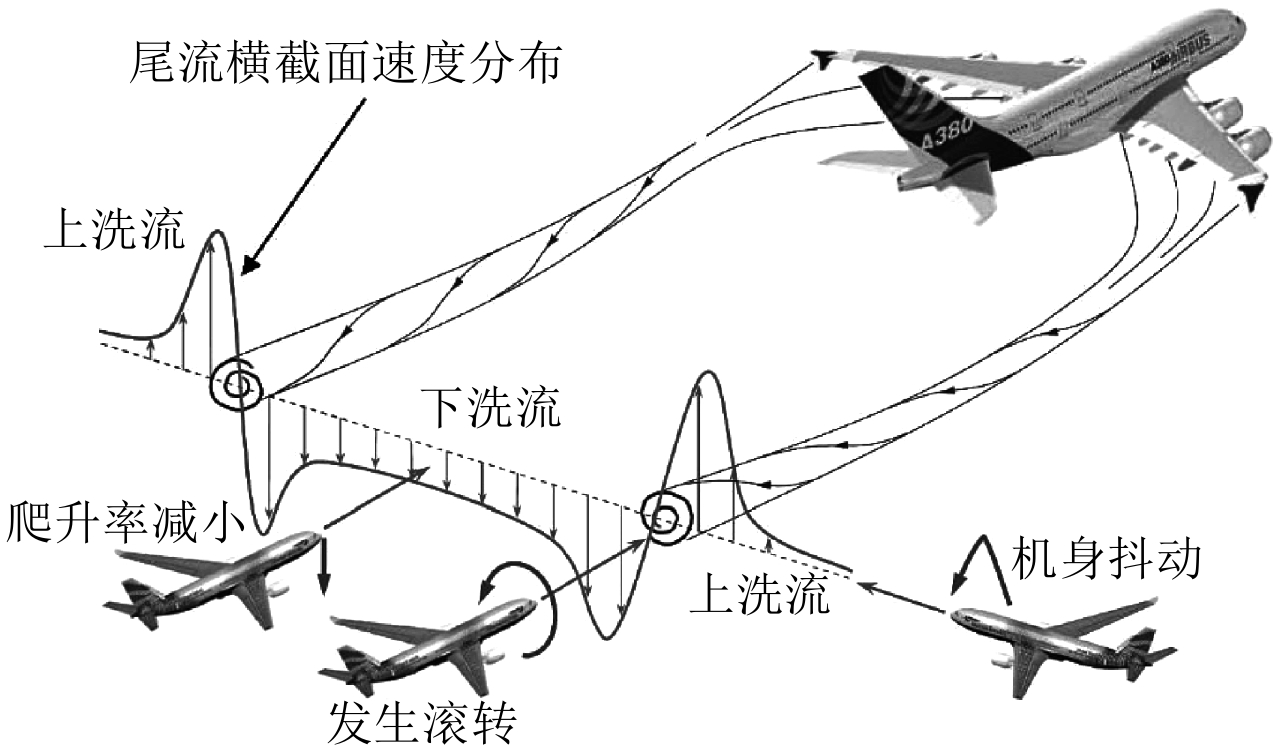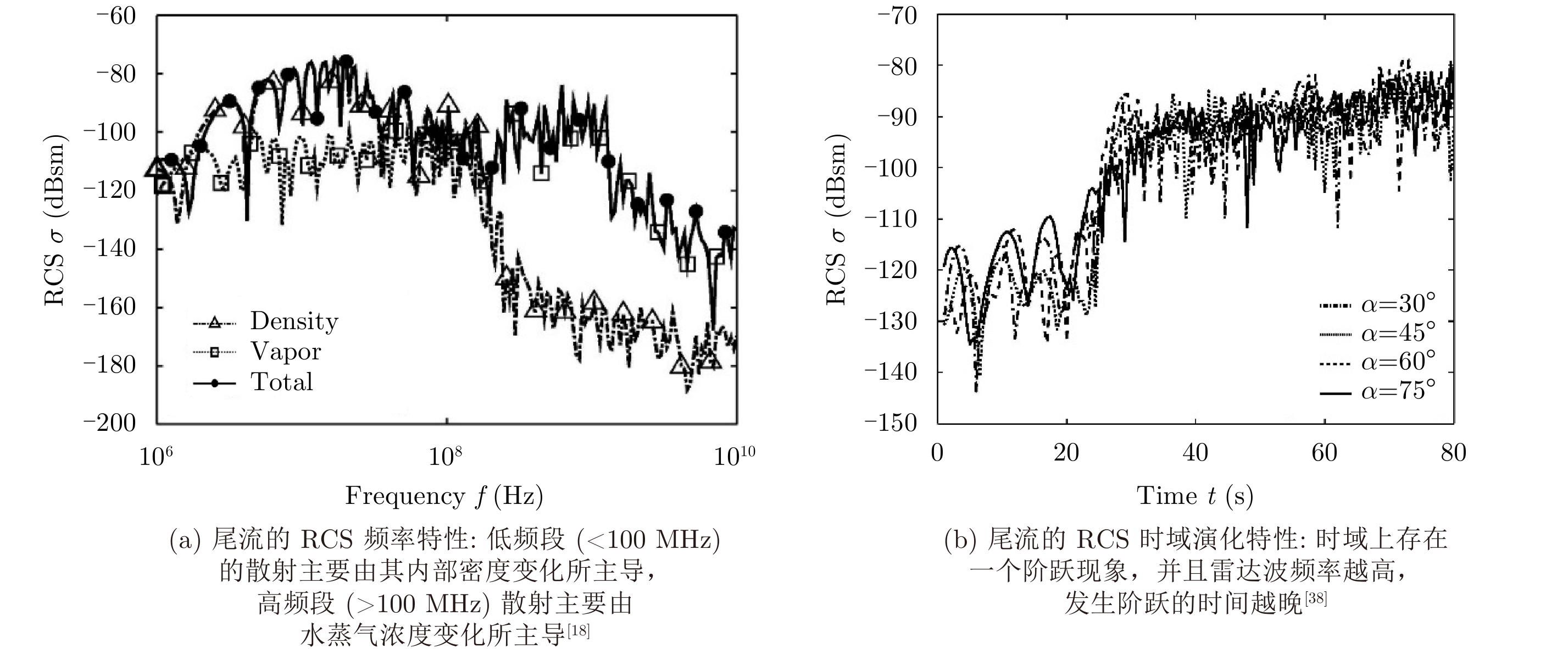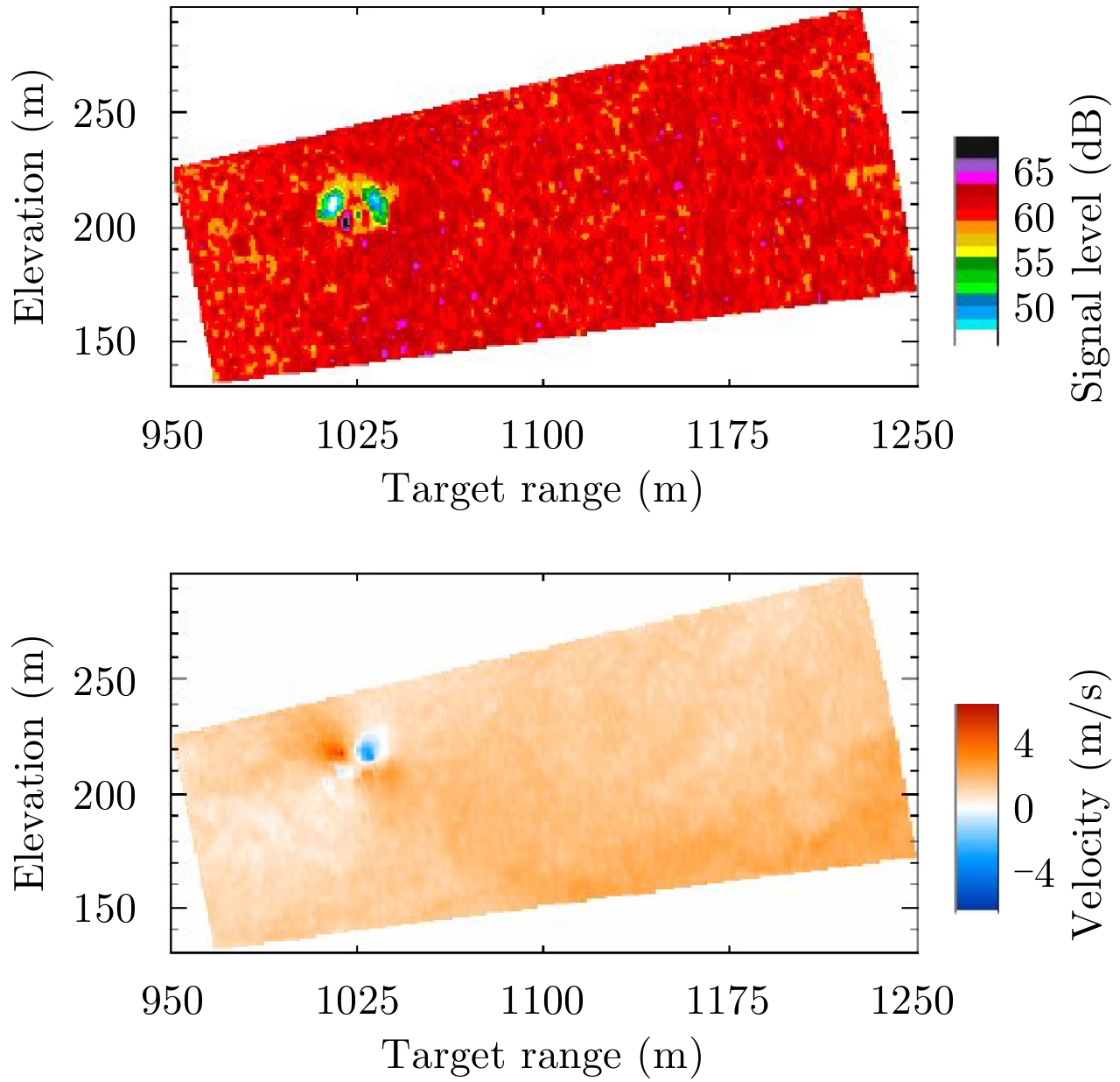- Home
- Articles & Issues
-
Data
- Dataset of Radar Detecting Sea
- SAR Dataset
- SARGroundObjectsTypes
- SARMV3D
- AIRSAT Constellation SAR Land Cover Classification Dataset
- 3DRIED
- UWB-HA4D
- LLS-LFMCWR
- FAIR-CSAR
- MSAR
- SDD-SAR
- FUSAR
- SpaceborneSAR3Dimaging
- Sea-land Segmentation
- SAR Multi-domain Ship Detection Dataset
- SAR-Airport
- Hilly and mountainous farmland time-series SAR and ground quadrat dataset
- SAR images for interference detection and suppression
- HP-SAR Evaluation & Analytical Dataset
- GDHuiYan-ATRNet
- Multi-System Maritime Low Observable Target Dataset
- DatasetinthePaper
- DatasetintheCompetition
- Report
- Course
- About
- Publish
- Editorial Board
- Chinese
| Citation: | Li Jianbing, Gao Hang, Wang Tao, Wang Xuesong. A Survey of the Scattering Characteristics and Detection of Aircraft Wake Vortices[J]. Journal of Radars, 2017, 6(6): 660-672. doi: 10.12000/JR17068 |
A Survey of the Scattering Characteristics and Detection of Aircraft Wake Vortices
DOI: 10.12000/JR17068 CSTR: 32380.14.JR17068
More Information-
Abstract
Aircraft wake vortex is a pair of strong counter-rotating vortices and has attracted considerable attention in various fields including aviation safety and atmospheric physics. The characteristics and detection of wake vortex act as the basis for both behavior prediction as well as hazard assessment. This paper provides a short survey of the characteristics and detection researches. Initially, the wake vortex is classified as clear-air wake vortex (i.e., wake turbulence and contrail) and precipitation wake vortex (i.e., under rainy, foggy or snowy condition). Subsequently, the dynamics and scattering are introduced, and the main verdicts are: the radar (radio detection and ranging) scattering of wake vortex is relatively weak under clear air conditions, but the Lidar (Light detection and ranging) scattering is appreciable owing to the presence of particles such as aerosols. Wake vortices under precipitation conditions and contrails possess relatively good radar reflectivity owing the strong scattering characteristics of precipitation droplets and ice crystals. Furthermore, we have introduced a joint detection scheme of Lidar and radar for wake vortex along with parameter-retrieval algorithms. Finally, we have presented our conclusions and intended future research.
-

-
References
[1] Yang Zuo-sheng and Yu Shou-qin. Aircraft Components Aerodynamics[M]. Beijing: Aviation Industry Press, 1987.[2] Veillette P R. Data show that U.S. Wake-turbulence accidents are most frequent at low altitude and during approach and landing[J]. Flight Safety Digest, 2002, 21(3/4): 1–47.[3] Astheimer T, Hilton D, Baldoni C, et al.. SESAR master plan[R]. DLM-0710-001-02-00, Brussels: SESAR, 2008.[4] Curry P A, Burden J, and Lundy G A. Next Generation Automatic Test System (NGATS) update[C]. Proceedings of 2006 IEEE Autotestcon, Anaheim, CA, 2006: 318–322.[5] Lv Xiao-ping. General framework of China’s new-generation civil aviation ATM system[J]. China Civil Aviation, 2007(8): 24–26[6] Schumann U, Jebberger P, and Voigt C. Contrail ice particles in aircraft wakes and their climatic importance[J]. Geophysical Research Letters, 2013, 40(11): 2867–2872. DOI: 10.1002/grl.50539[7] Travis D J, Carleton A M, and Lauritsen R G. Climatology: Contrails reduce daily temperature range[J]. Nature, 2002, 418(6898): 601.[8] Heymsfield A J, Thompson G, Morrison H, et al. Formation and spread of aircraft-induced holes in clouds[J]. Science, 2011, 333(6038): 77–81. DOI: 10.1126/science.1202851[9] Shariff K and Wray A. Analysis of the radar reflectivity of aircraft vortex wakes[J]. Journal of Fluid Mechanics, 2002, 463(1): 121–161.[10] Liu Zhong-xun. Modeling of Radar signatures of wake vortices[D]. [Ph.D. dissertation], Institut Supérieur de I’Aéronautique et de I’Espace (ISAE), 2013.[11] Tittsworth J A, Lang S R, Johnson E J, et al.. Federal aviation administration wake turbulence program-recent highlights[C]. 57th Air Traffic Control Association (ATCA) Annual Conference & Exposition, Maryland, 2012.[12] Picot J, Paoli R, Thouron O, et al. Large-eddy simulation of contrail evolution in the vortex phase and its interaction with atmospheric turbulence[J]. Atmospheric Chemistry and Physics, 2015, 15(13): 7369–7389. DOI: 10.5194/acp-15-7369-2015[13] Ahmad N N, Proctor F H, Duparcmeur F M L, et al.. Review of idealized aircraft wake vortex models[C]. 52nd Aerospace Sciences Meeting, National Harbor, Maryland, 2014.[14] Proctor F H and Hamilton D W. Evaluation of fast-time wake vortex prediction models[C]. 47th AIAA Aerospace Sciences Meeting including the New Horizons Forum and Aerospace Exposition, Orlando, Florida, 2009.[15] Holzäpfel F and Robins R E. Probabilistic two-phase aircraft wake vortex model: Application and assessment[J]. Journal of Aircraft, 2004, 41(5): 1117–1126. DOI: 10.2514/1.2280[16] Spence G T, Le Moigne A, Allerton D J, et al. Wake vortex model for real-time flight simulation based on large eddy simulation[J].Journal of Aircraft, 2007, 44(2): 467–475. DOI: 10.2514/1.23761[17] Li Jian-bing, Wang Xue-song, and Wang Tao. Scattering mechanism of aircraft wake vortices generated in clear air[C]. Proceedings of 2010 IEEE Radar Conference, Washington, DC, 2010: 117–122.[18] Li Jian-bing, Wang Xue-song, and Wang Tao. Modeling the dielectric constant distribution of wake vortices[J]. IEEE Transactions on Aerospace and Electronic Systems, 2011, 47(2): 820–831. DOI: 10.1109/TAES.2011.5751228[19] Liu Zhong-xun, Jeannin N, Vincent F, et al. Modeling the radar signature of raindrops in aircraft wake vortices[J]. Journal of Atmospheric and Oceanic Technology, 2013, 30(3): 470–484. DOI: 10.1175/JTECH-D-11-00220.1[20] Gerz T, Holzäpfel F, and Darracq D. Commercial aircraft wake vortices[J]. Progress in Aerospace Sciences, 2002, 38(3): 181–208. DOI: 10.1016/S0376-0421(02)00004-0[21] Myers T J. Determination of bragg scatter in an aircraft generated wake vortex system for radar detection[D]. [Ph.D. dissertation], Virginia Polytechnic Institute and State University, 1997.[22] Myers T J, Scales W A, and Marshall R E. Determination of aircraft wake vortex Radar cross section due to coherent bragg scatter from mixed atmospheric water vapor[J]. Radio Science, 1999, 34(1): 103–111. DOI: 10.1029/98RS02776[23] Winckelmans G, Duquesne T, Treve V, et al.. Summary description of the models used in the vortex forecast system (VFS)[R]. Louvain-la-Neuve, Belgium: University Catholique de Louvain, 2005.[24] Proctor F H, Hamilton D W, and Switzer G F. Tass driven algorithms for wake prediction[C]. 44th AIAA Aerospace Sciences Meeting and Exhibit, Reno, Nevada, 2006.[25] Koerner S and Holzapfel F N. Multi-model ensemble wake vortex prediction-further development and probabilistic assessment (invited)[C]. 8th AIAA Atmospheric and Space Environments Conference, Washington, D.C., 2016.[26] Marshall R E, Mudukutore A, and Wissel V L H. Radar reflectivity in wingtip-generated wake vortices[R]. NASA/CR-97-206259. Hampton, Virginia: NASA, 1997.[27] Li Jian-bing, Wang Xue-song, and Wang Tao. A rigorous criterion to identify the validity of the Born approxi-mation[J]. Chinese Physics B, 2009, 18(8): 3174–3182. DOI: 10.1088/1674-1056/18/8/014[28] Li Jian-bing, Wang Xue-song, and Wang Tao. On the validity of born approximation[J]. Progress in Electromagnetics Research, 2010, 107(4): 219–237.[29] Wang Wei, Li Jian-bing, and Niu Feng-liang. A revisit to the validity of Born approximation in high frequency scattering problems[J]. Microwave and Optical Technology Letters, 2012, 54(12): 2792–2797. DOI: 10.1002/mop.v54.12[30] Li Jian-bing, Wang Xue-son, and Wang Tao. A universal solution to one-dimensional oscillatory integrals[J]. Science in China Series F:Information Sciences, 2008, 51(10): 1614–1622. DOI: 10.1007/s11432-008-0121-2[31] Li Jian-bing, Wang Xue-song, and Xiao Shun-ping, et al. A rapid solution of a kind of 1D fredholm oscillatory integral equation[J]. Journal of Computational and Applied Mathematics, 2012, 236(10): 2696–2705. DOI: 10.1016/j.cam.2012.01.007[32] Li Jian-bing, Wang Xue-song, Wang Tao, et al. On an improved-Levin oscillatory quadrature method[J]. Journal of Mathematical Analysis and Applications, 2011, 380(2): 467–474. DOI: 10.1016/j.jmaa.2011.03.055[33] Li Jian-bing, Wang Xue-song, Wang Tao, et al. Delaminating quadrature method for multi-dimensional highly oscillatory integrals[J]. Applied Mathematics and Computation, 2009, 209(2): 327–338. DOI: 10.1016/j.amc.2008.12.061[34] Li Jian-bing, Wang Xue-song, Wang Tao, et al. An improved levin quadrature method for highly oscillatory integrals[J]. Applied Numerical Mathematics, 2010, 60(8): 833–842. DOI: 10.1016/j.apnum.2010.04.009[35] Li Jian-bing. Study on the Radar Characteristics of Aircraft Wake Vortices[M]. Changsha: National University of Defense Technology Press, 2015.[36] Li Jian-bing, Wang Xue-song, Wang Tao, et al. High range resolution profile of simulated aircraft wake vortices[J]. IEEE Transactions on Aerospace and Electronic Systems, 2012, 48(1): 116–129. DOI: 10.1109/TAES.2012.6129624[37] Li Jian-bing, Wang Xue-song, Wang Tao, et al.. Study on the scattering characteristics of stable-stage wake vortices[C]. Proceedings of IEEE International Radar Conference, Bordeaux, Sep. 2009: 1–5.[38] Wang Xue-song, Li Jian-bing, Qu Long-hai, et al. Temporal evolution of the RCS of aircraft wake vortices[J]. Aerospace Science and Technology, 2013, 24(1): 204–208. DOI: 10.1016/j.ast.2011.11.008[39] Brion V and Jeannin N. Radar sensing of wake vortices in clear air—A feasibility study[C]. WakeNet-Europe Workshop 2013, Paris, 2013.[40] Paugam R, Paoli R, and Cariolle D. Influence of vortex dynamics and atmospheric turbulence on the early evolution of a contrail[J]. Atmospheric Chemistry and Physics, 2010, 10(8): 3993–3952.[41] Paoli R and Shariff K. Contrail modeling and simulation[J]. Annual Review of Fluid Mechanics, 2016, 48: 393–427. DOI: 10.1146/annurev-fluid-010814-013619[42] Li Jian-bing, Wang Tao, Liu Zhong-xun, et al. Circulation retrieval of wake vortex in fog with a side-looking scanning Radar[J]. IEEE Transactions on Aerospace and Electronic Systems, 2016, 52(5): 2242–2254. DOI: 10.1109/TAES.2016.150635[43] Li Jian-bing, Wang Tao, Qu Long-hai, et al. Circulation retrieval of wake vortex in fog with an upward-looking monostatic Radar[J]. IEEE Transactions on Aerospace and Electronic Systems, 2016, 52(1): 169–180. DOI: 10.1109/TAES.2015.140901[44] Li Jian-bing, Wang Tao, and Wang Xue-song. Radar scattering analysis of wake vortex under different weather conditions[C]. Proceedings of Progress in Electromagnetic Research Symposium (PIERS), Shanghai, China, 2016: 909–913.[45] Li Jian-bing, Wang Xue-song, Wang Tao, et al. Circulation retrieval of wake vortex under rainy condition with a vertically pointing Radar[J]. IEEE Transactions on Aerospace and Electronic Systems, 2017, 53(4): 1893–1906. DOI: 10.1109/TAES.2017.2675198[46] Pruppacher H R and Klett J D. Microphysics of Clouds and Precipitation[M]. Berlin, Germany: Springer, 2010.[47] Brennen C E. Fundamentals of Multiphase Flows[M]. Cambridge, U.K.: Cambridge University Press, 2009.[48] Streeter V L, Wylie E B, and Bedford K W. Fluid Mechanics[M]. Ninth edition, New York: McGraw-Hill, 1998.[49] Bringi V N and Chandrasekar V. Polarimetric Doppler Weather Radar: Principles and Applications[M]. Cambridge, U.K.: Cambridge University Press, 2005.[50] Li Jian-bing, Gao Hang, Li Yong-zhen, et al. Circulation retrieval of simulated wake vortices under rainy condition with a side-looking scanning radar[J]. IEEE Transactions on Aerospace and Electronic Systems, 2017. DOI: 10.1109/TAES.2017.2760799.(in Press)[51] Barbaresco F, Brion V, and Barbaresco N. Radar wake-vortices cross-section/Doppler signature characterisation based on simulation and field tests trials[J]. IET Radar,Sonar&Navigation, 2016, 10(1): 82–96.[52] Niu Feng-liang, Wang Wei, Wang Tao, et al. Study on radar characteristics for aircraft wake under the rainfall[J]. Journal of Air Force Radar Academy, 2013, 27(2): 95–99. DOI: 10.3969/j.issn.2095-5839.2013.02.005[53] Guo Chen, Wang Tao, Li Jian-bing, et al. Circulation estimation of wake vortex in cloudy and mist conditions[J]. Modern Radar, 2015, 37(6): 10–15. DOI: 10.3969/j.issn.1004-7859.2015.06.003[54] Wang Tao, Qu Long-hai, Guo Chen, et al. The millimeter band Doppler characteristics of wake vortices in cloudy and foggy[J]. Journal of Infrared and Millimeter Waves, 2014, 33(4): 412–419. DOI: 10.11972/j.issn.1001-9014.2014.04.016[55] Tyynelä J and Chandrasekar V. Characterizing falling snow using multifrequency dual-polarization measurements[J]. Journal of Geophysical Research:Atmospheres, 2014, 119(13): 8268–8283. DOI: 10.1002/2013JD021369[56] Szyrmer W and Zawadzki I. Snow studies. Part II: Average relationship between mass of snowflakes and their terminal fall velocity[J]. Journal of the Atmospheric Sciences, 2010, 67(10): 3319–3335. DOI: 10.1175/2010JAS3390.1[57] Tyynelä J, Leinonen J, Moisseev D, et al. Radar backscattering from snowflakes: Comparison of fractal, aggregate, and soft spheroid models[J]. Journal of Atmospheric and Oceanic Technology, 2011, 28(11): 1365–1372. DOI: 10.1175/JTECH-D-11-00004.1[58] Banakh V and Smalikho I. Coherent Doppler Wind Lidars in A Turbulent Atmosphere[M]. London: Artech House Books, 2013.[59] Frank H, Thomas G, Friedrich K, et al. Strategies for circulation evaluation of aircraft wake vortices measured by Lidar[J]. Journal of Atmospheric and Oceanic Technology, 2003, 20(8): 1183–1195. DOI: 10.1175/1520-0426(2003)020<1183:SFCEOA>2.0.CO;2[60] Köpp F, Rahm S, Smalikho I, et al. Comparison of wake-vortex parameters measured by pulsed and continuous-wave Lidars[J]. Journal of Aircarft, 2005, 42(4): 916–923. DOI: 10.2514/1.8177[61] Xia Hai-yun, Shangguan Ming-jia, Wang Chong, et al. Micro-pulse upconversion Doppler Lidar for wind and visibility detection in the atmospheric boundary layer[J]. Optics Letters, 2016, 41(22): 5218–5221. DOI: 10.1364/OL.41.005218[62] Shangguan Ming-jia, Xia Hai-yun, Wang Chong, et al. All-fiber upconversion high spectral resolution wind Lidar using a fabry-perot interferometer[J]. Optics Express, 2016, 24(17): 19322–19336. DOI: 10.1364/OE.24.019322[63] Noonkester V R and Richter J H. Fm-cw radar sensing of the lower atmosphere[J]. Radio Science, 1980, 15(2): 337–353. DOI: 10.1029/RS015i002p00337[64] Chadwick R B, Jordan J, and Detman T. Radar detection of wingtip vortices[C]. 9th Conference on Aerospace and Aeronautical Meteorology, Omaha, NE, 1983.[65] Nespor J D, Hudson B, Stegall R L, et al.. Doppler radar detection of vortex hazard indicators[C]. NASA Langley Research Center, Airborne Windshear Detection and Warning Systems. Fifth and Final Combined Manufacturers’ and Technologists’ Conference, Moorestown, NJ, 1994: 651–688.[66] Gilson W H. Radar Measurements of Aircraft Wakes, Project Report AAW-11[M]. Lexington, MA: MIT, 1992.[67] Marshall R E, Mudukutore A, Wissel V L H, et al.. Three-centimeter doppler radar observations of wingtip-generated wake vortices in clear air[R]. NASA/CR-97-206260. Hampton, Virginia: National Aeronautics and Space Administration, 1997.[68] Barbaresco F. Wake vortex safety & capacity system[J]. Journal of Air Traffic Ccontrol, 2007, 29: 17–32.[69] Barbaresco F, Orlandi F, and Juge P. European FP7 UFO project " ultra-fast wind sensors for wake-vortex hazards mitigation”[C]. WakeNet-Europe Workshop, Paris, 2013.[70] Barbaresco F, Jeantet A, and Meier U. Wake vortex detection & monitoring by X-band Doppler radar: Paris orly radar campaign results[C]. Proceedings of IET International Conference on Radar Systems, Edinburgh, 2007: 1–5.[71] Barbaresco F, Jeantet A, and Meier U. Wake vortex monitoring campaigns using X-band radar[C]. International Radar Symposium, Hamburg, Sep. 2009.[72] Barbaresco F, Juge P, Klein M, et al.. Boom of airport capacity based on wake-vortex hazards mitigation sensors and systems[C]. Airports in Urban Networks, Paris, 2014.[73] Barbaresco F, Juge P, Moneuse J F, et al.. Wake vortex detection, prediction and decision support tools in SESAR program[C]. Proceedings of 2013 IEEE/AIAA 32nd Digital Avionics Systems Conference, East Syracuse, NY, 2013: 6B1-1–6B1-15.[74] Barbaresco F, Juge P, Bruchec P, et al.. Eddy Dissipation Rate (EDR) retrieval with ultra-fast high range resolution electronic-scanning X-band airport radar: Results of European fp7 ufo toulouse airport trials[C]. Proceedings of 2015 European Radar Conference (EuRAD), Paris, 2015: 145–148.[75] Barbaresco F, Jeantet A, and Meier U. Wake vortex X-band radar monitoring: Paris-CDG airport 2008 campaign results & propspectives[C]. Proceedings of International Radar Conference, Bordeaux, Sep. 2009: 1–6.[76] Barbaresco F and Meier U. Radar monitoring of a wake vortex: Electromagnetic reflection of wake turbulence in clear air[J]. Comptes Rendus Physique, 2010, 11(1): 54–67. DOI: 10.1016/j.crhy.2010.01.001[77] Barbaresco F, Thobois L, Dolfi-Bouteyre A, et al. Monitoring wind, turbulence and aircraft wake vortices by high resolution RADAR and LIDAR remote sensors in all weather conditions[J]. EMBO Reports, 2015, 7(11): 1140–1146.[78] Seliga T A and Mead J B. Meter-scale observations of aircraft wake vortices in precipitation using a high resolution solid-state W-band Radar[C]. 34th Conference on Radar Meteorology, Williamsburg, Oct. 2009.[79] Shariff K. Making aircraft vortices visible to Radar by spraying water into the wake[J]. Journal of Atmospheric and Oceanic Technology, 2016, 33(12): 2615–2638. DOI: 10.1175/JTECH-D-16-0066.1[80] Delisi D P, Pruis M J, Wang F Y, et al.. Estimates of the initial vortex separation distance, b0, of commercial aircraft from pulsed Lidar data[C]. 51st AIAA Aerospace Sciences Meeting including the New Horizons Forum and Aerospace Exposition, Texas, Jan. 2013.[81] Smalikho I N and Banakh V A. Estimation of aircraft wake vortex parameters from data measured with a 1.5-μm coherent Doppler Lidar[J]. Optics Letters, 2015, 40(14): 3408–3411. DOI: 10.1364/OL.40.003408[82] Jacob D, Pruis M J, Lai Y D, et al.. Wakemod 4.1: A new standalone wake vortex algorithm for estimating circulation strength and position[C]. 7th AIAA Atmospheric and Space Environments Conference, Dallas, TX, 2015.[83] Jacob D, Lai Y D, and Delisi P D. Assessment of Lockheed martin’s aircraft wake vortex circulation estimation algorithms using simulated Lidar data[C]. 3rd AIAA Atmospheric Space Environments Conference, Honolulu, Hawaii, Jun. 2011.[84] Thobois L P, Krishnamurty R, Cariou J P, et al.. Wind and EDR measurements with scanning Doppler Lidars for preparing future weather dependent separation concepts[C]. 7th AIAA Atmospheric and Space Environments Conference, Dallas, TX, 2015.[85] Haverdings H, and Chan P W. Quick access recorder data analysis software for windshear and turbulence studies[J]. Journal of Aircarft, 2010, 47(4): 1443–1446. DOI: 10.2514/1.46954[86] Hon K K and Chan P W. Terrain-induced turbulence intensity during tropical cyclone passage as determined from airborne, ground-based, and remote sensing sources[J]. Journal of Atmospheric and Oceanic Technology, 2014, 31(11): 2373–2391. DOI: 10.1175/JTECH-D-14-00006.1[87] Li Jian-bing, Chan P W, Wang Tao, et al.. Circulation retrieval of wake vortex with a side-looking scanning Lidar[C]. Proceedings of 2016 CIE International Conference on Radar (RADAR), Guangzhou, China, 2016: 1–4. -
Proportional views

- Figure 1. Image of aircraft wake
- Figure 2. Aircraft wake and its impact on flight safety
- Figure 3. Classification and state-of-art of aircraft wake researches
- Figure 4. Scattering characteristics of clear-air wake
- Figure 5. Dynamics characteristics and scattering echoes of raindrops in the wake under rainy conditions[50]
- Figure 6. Wake detection results from W band radar carried out by the U. S. Department of Transportation at the Logan airport in Boston in 2009. The low scattering region near the two vortex cores and the high scattering region below the two vortex cores are observed from the upper figure. From the figure below, the crossover structure of positive-negative Doppler velocities is observed


 Submit Manuscript
Submit Manuscript Peer Review
Peer Review Editor Work
Editor Work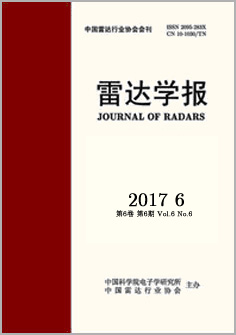

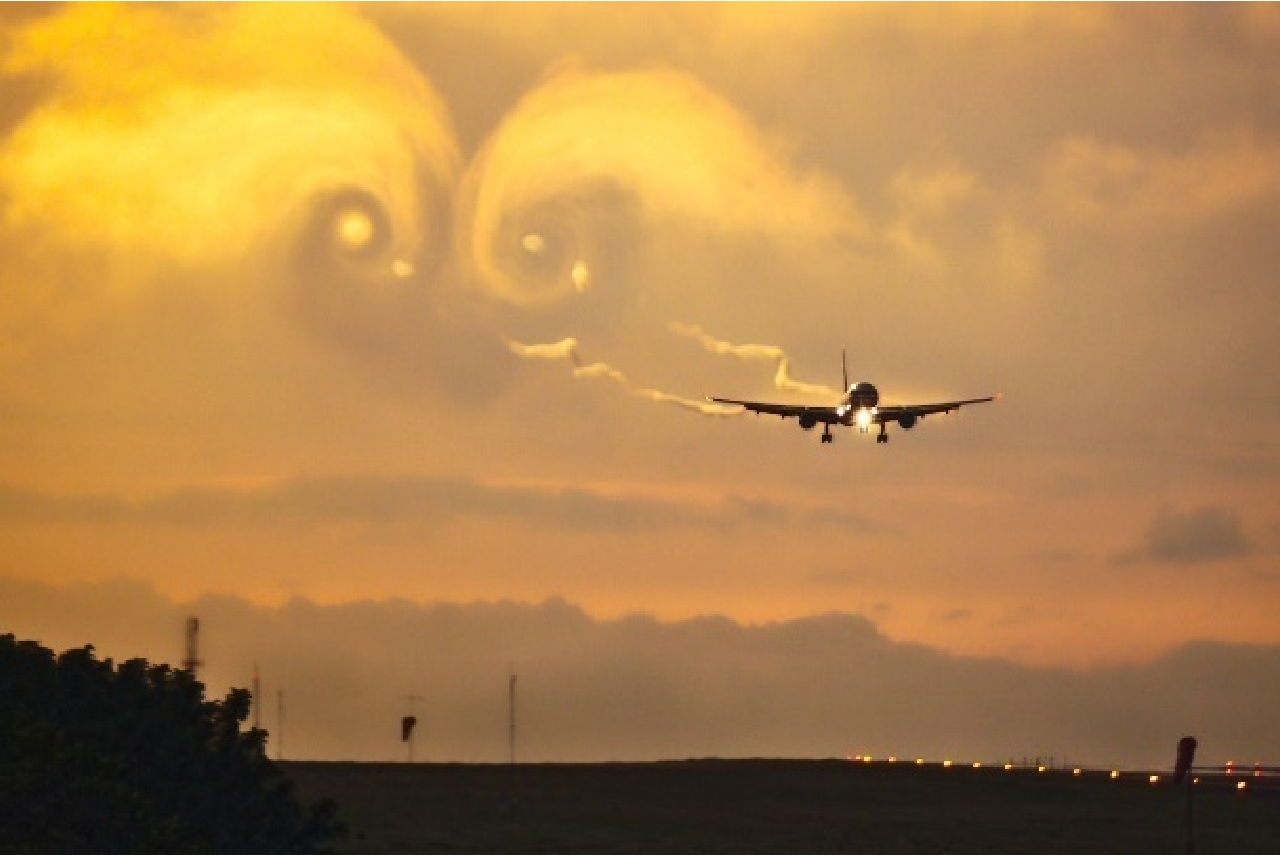



 DownLoad:
DownLoad:
